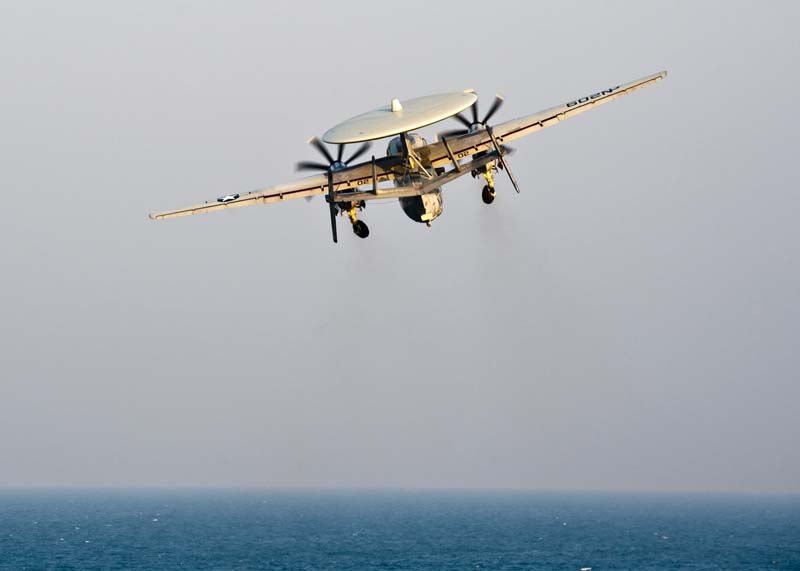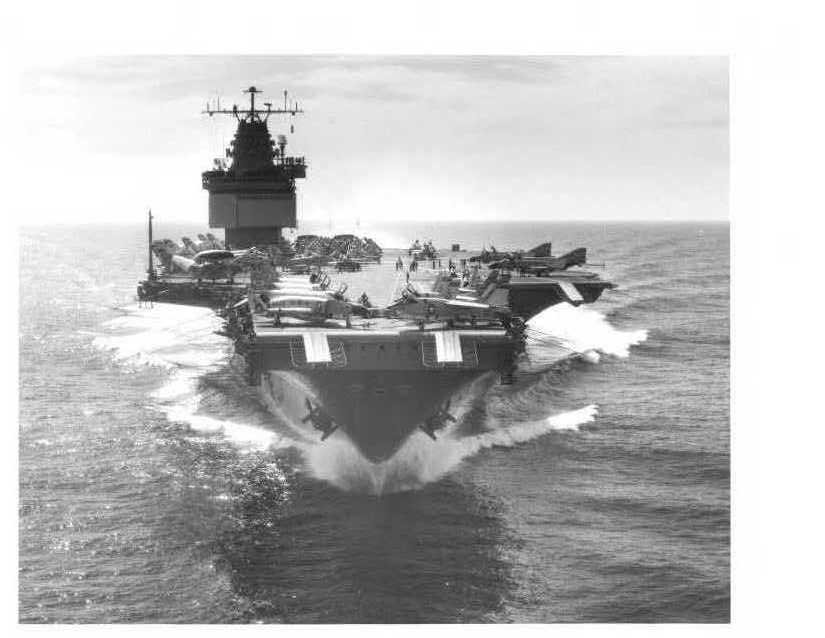Hawkeye Mission Wraps Up Last of Naval Air Missions Over Iraq

When an E-2C Hawkeye snagged the arresting cable on the carrier John C. Stennis on Dec. 18, it marked the official end of naval air missions of the Iraq War.
The Hawkeye, from Airborne Early Warning Squadron 112, the “Golden Hawks,†was shot off Stennis at 7:32 a.m. and provided early warning and communication support for ground troops before returning with its crew of five at 11:04 a.m.
It was a quiet end to a war that began nearly nine years earlier with shock-and-awe air attacks from supersonic jets against Saddam Hussein’s defenses.
“We knew that we might be the crew to fly the last mission over Iraq. As always, we stayed focused on completing the mission we were assigned. After confirmation that we were the last, I realized I was part of something pretty special,†said Lt. Cmdr. Jeff Reynolds, the Hawkeye’s pilot.
BZ to the Golden Hawks of VAW-112 as well as all the VAW squadrons who played a vital, but again, unheralded role in Naval Aviation’s mission over both Iraq and Afghanistan.  The utility and versatility of the Hawkeye and its crews were underscored time and again as they were pressed into mission sets (and endurance – remember, the Hawkeye is not capable of in-flight refueling) well beyond what the folks at Grumman envisioned back in 1957 as the (then) W2F began to take shape on the drawing boards.


